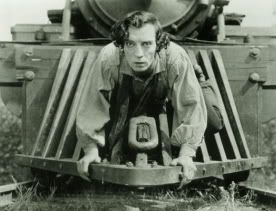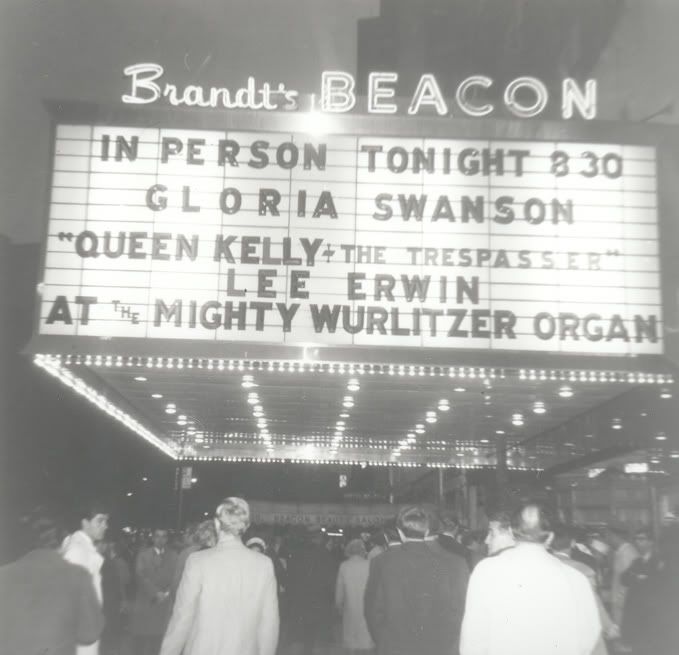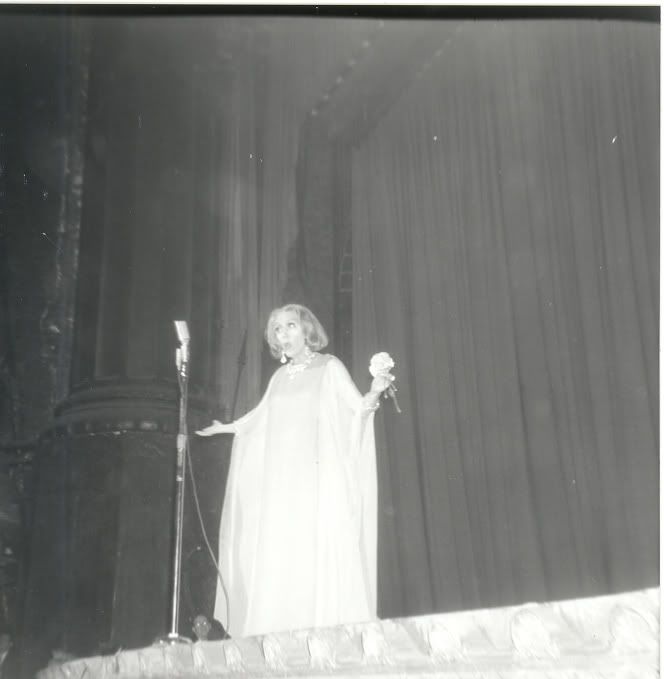Silence is golden.
Silent Movies
I love films made during the silent era, before studios and theatres converted to the new technology just before and after the pivotal year 1929.
They told their stories through action, facial expressions, title cards. They were, many are still convinced, the movies at their finest, pure cinema. What sound film has surpassed the poetry of the expressive face of Falconetti in Dreyer's Passion of Joan of Arc? What drama compares with the tragic lyricism of Murnau's Sunrise or the eerie horror of his Dracula film Nosferatu? Or the overwhelming naturalistic power of von Stroheim's Greed or the excitement of Pastrone's Cabiria? What comedies of today rival the brilliance and poignance of Charlie Chaplin in The Kid and The Gold Rush, the virtuosic cleverness and hilarity of Buster Keaton in The General and Steamboat Bill, Jr.? And, to be clear, silent films were never shown silent. They were always accompanied by organ scores, or piano, or even symphony orchestras.
Buster Keaton in The GeneralMany of today's films, despite their dazzling special effects and ear-splitting soundtracks, often pale in comparison. I saw a presentation of Keaton's hilarious The General a couple of years ago at the Columbus Theatre in Providence, with live music provided by the Alloy Orchestra, and the audience was in stitches throughout and thrilled with the comedy effects Keaton got from a wayward train. Last year they showed Douglas Fairbanks in a stunningly beautiful two-strip Technicolor print of The Black Pirate, a fabulous storybook swashbuckler. I love the epics of D.W .Griffith, his Intolerance, the controversial The Birth of a Nation, and America.The monumental Napoleon by Abel Gance is in a league by itself. And I love the great stars of that era, from Rudolph Valentino to Clara Bow, from Douglas Fairbanks to Gloria Swanson.
The younger audience today, especially those seriously interested in film, are discovering the silent era through DVDs and Turner Classic Films and are developing an increasing appreciation for those movies and their quiet eloquence. (Alas, many of them and many sound films as well, have been lost forever.)The first silent feature I may have ever seen was Cecil B. De Mille's King of Kings, a Jesus film shown in the basement of the old St. Rocco's Church in Cranston, RI sometime around 1950. There are hundreds of silent films in my personal collection. I used to show a bad 16mm print of the 1911 Dante's Inferno to high school students after teaching the medieval epic. It has recently been re-issued on DVD with a new score by Tangerine Dream.
On May 9, 1967 the Beacon Theatre in Manhattan had a gala tribute to an actress who spanned the eras of both silent and sound movies, Gloria Swanson. You may have seen her in the Academy-Award winning 1952 Sunset Boulevard, where she plays Norma Desmond, a silent era actress attempting a comeback. "I'm ready for my close-up, Mr. De Mille." At this tribute, which I attended, Swanson addressed the fervent packed house. Two of her films were shown: Erich von Stroheim's Queen Kelly, including unseen out-takes fron Swanson's collection, and Edmund Goulding's 1929 sound feature The Trespasser. For the silent Queen Kelly, organ accompaniment was provided by Lee Erwin. I took some photos on that treasured evening.


Gloria Swanson.
And here is an LJ community I belong to: silent_films
I love films made during the silent era, before studios and theatres converted to the new technology just before and after the pivotal year 1929.
They told their stories through action, facial expressions, title cards. They were, many are still convinced, the movies at their finest, pure cinema. What sound film has surpassed the poetry of the expressive face of Falconetti in Dreyer's Passion of Joan of Arc? What drama compares with the tragic lyricism of Murnau's Sunrise or the eerie horror of his Dracula film Nosferatu? Or the overwhelming naturalistic power of von Stroheim's Greed or the excitement of Pastrone's Cabiria? What comedies of today rival the brilliance and poignance of Charlie Chaplin in The Kid and The Gold Rush, the virtuosic cleverness and hilarity of Buster Keaton in The General and Steamboat Bill, Jr.? And, to be clear, silent films were never shown silent. They were always accompanied by organ scores, or piano, or even symphony orchestras.

Buster Keaton in The GeneralMany of today's films, despite their dazzling special effects and ear-splitting soundtracks, often pale in comparison. I saw a presentation of Keaton's hilarious The General a couple of years ago at the Columbus Theatre in Providence, with live music provided by the Alloy Orchestra, and the audience was in stitches throughout and thrilled with the comedy effects Keaton got from a wayward train. Last year they showed Douglas Fairbanks in a stunningly beautiful two-strip Technicolor print of The Black Pirate, a fabulous storybook swashbuckler. I love the epics of D.W .Griffith, his Intolerance, the controversial The Birth of a Nation, and America.The monumental Napoleon by Abel Gance is in a league by itself. And I love the great stars of that era, from Rudolph Valentino to Clara Bow, from Douglas Fairbanks to Gloria Swanson.
The younger audience today, especially those seriously interested in film, are discovering the silent era through DVDs and Turner Classic Films and are developing an increasing appreciation for those movies and their quiet eloquence. (Alas, many of them and many sound films as well, have been lost forever.)The first silent feature I may have ever seen was Cecil B. De Mille's King of Kings, a Jesus film shown in the basement of the old St. Rocco's Church in Cranston, RI sometime around 1950. There are hundreds of silent films in my personal collection. I used to show a bad 16mm print of the 1911 Dante's Inferno to high school students after teaching the medieval epic. It has recently been re-issued on DVD with a new score by Tangerine Dream.
On May 9, 1967 the Beacon Theatre in Manhattan had a gala tribute to an actress who spanned the eras of both silent and sound movies, Gloria Swanson. You may have seen her in the Academy-Award winning 1952 Sunset Boulevard, where she plays Norma Desmond, a silent era actress attempting a comeback. "I'm ready for my close-up, Mr. De Mille." At this tribute, which I attended, Swanson addressed the fervent packed house. Two of her films were shown: Erich von Stroheim's Queen Kelly, including unseen out-takes fron Swanson's collection, and Edmund Goulding's 1929 sound feature The Trespasser. For the silent Queen Kelly, organ accompaniment was provided by Lee Erwin. I took some photos on that treasured evening.
Gloria Swanson.
And here is an LJ community I belong to: silent_films